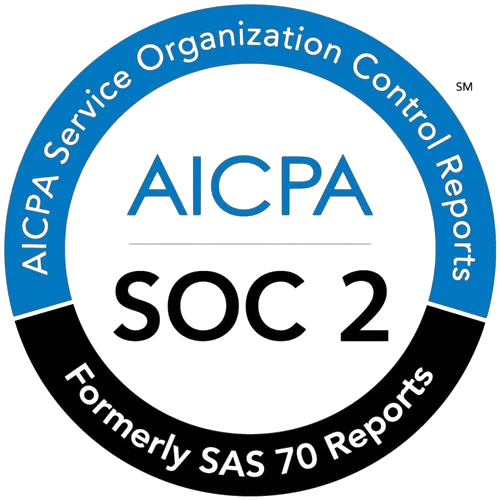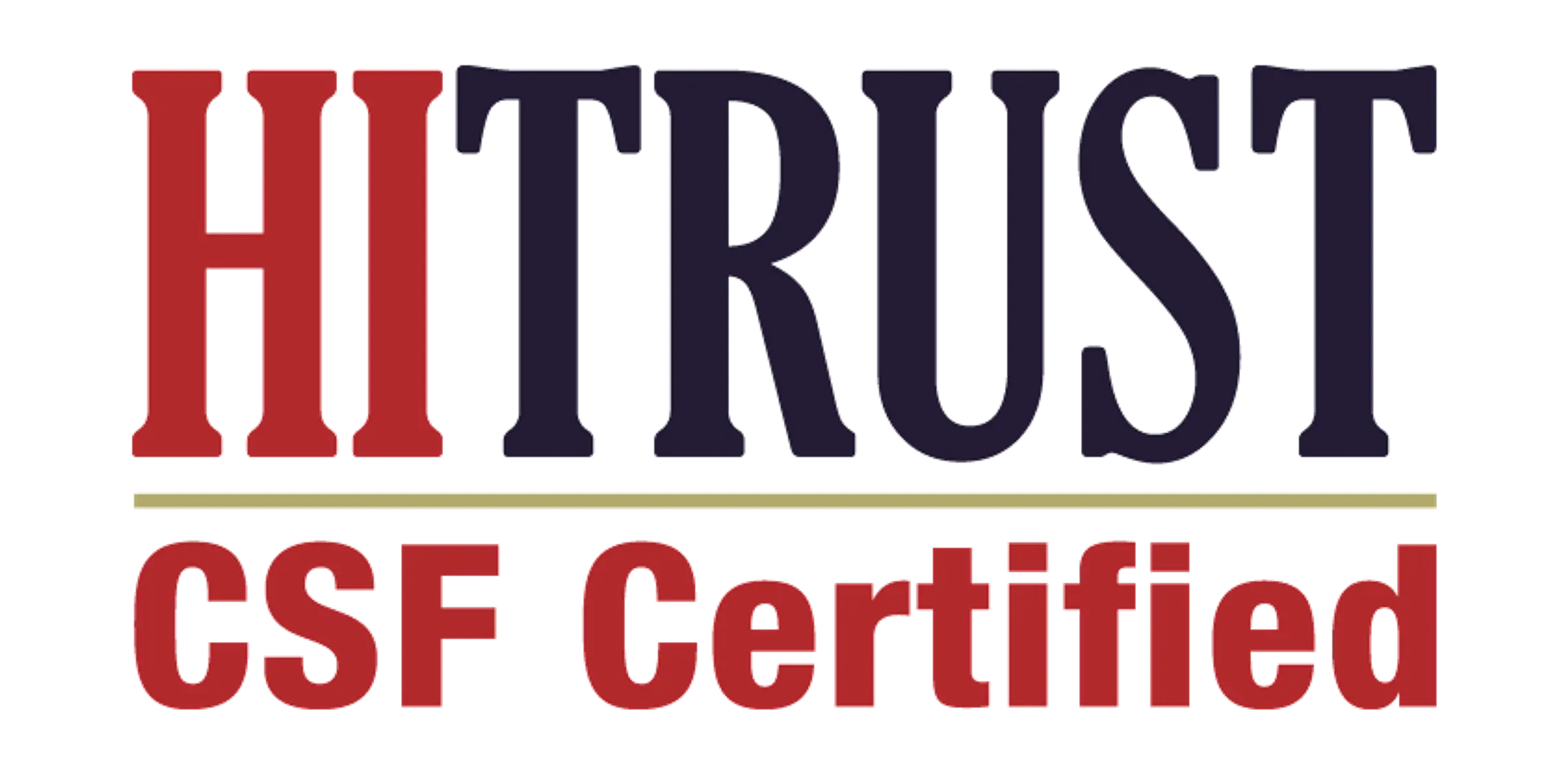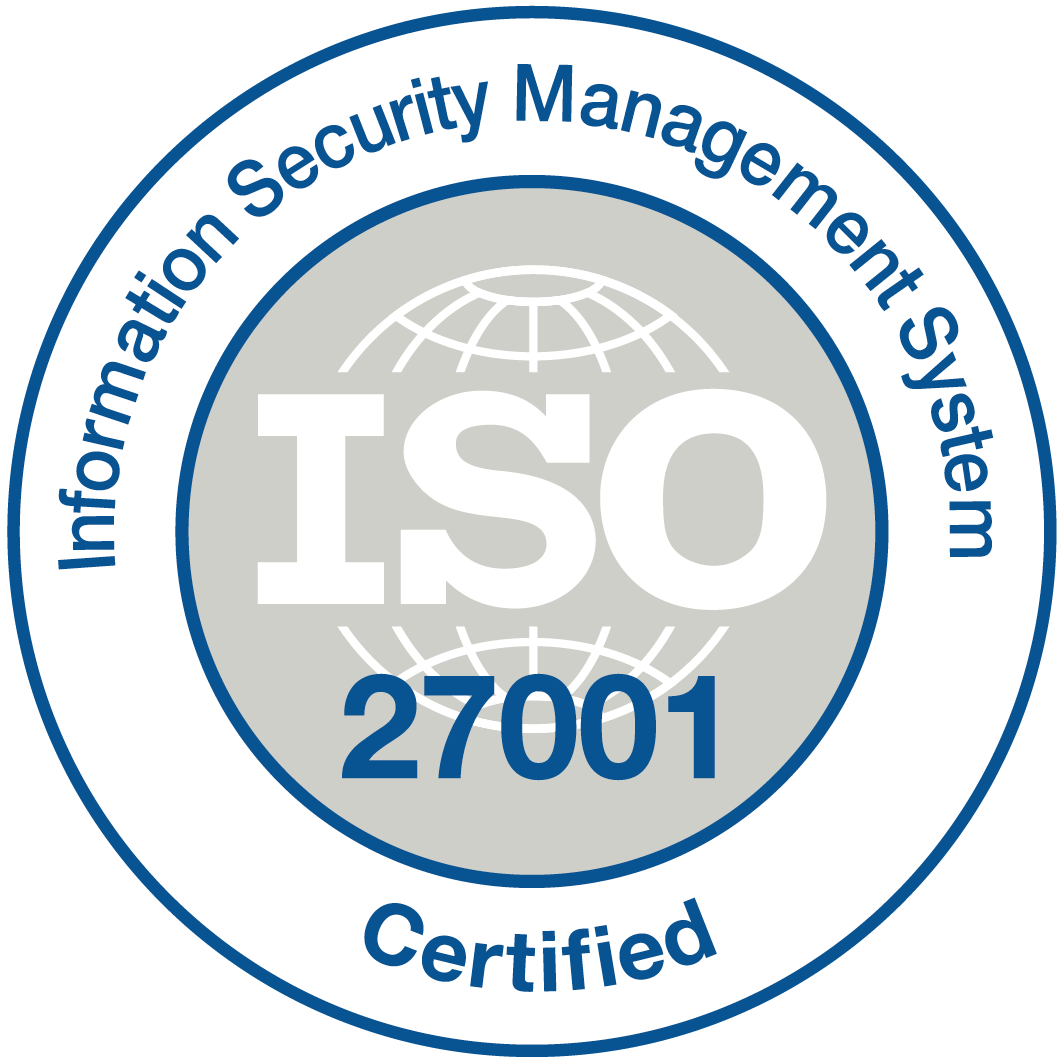Charting the Course: Your ultimate guide to achieving stellar RCM results by 2025

As we rush towards the horizon of 2025, the ever-evolving healthcare landscape poses both challenges and opportunities, especially in Revenue Cycle Management (RCM). With constant regulatory changes, advancements in technology, and increasing patient demands, healthcare organizations must streamline their RCM processes to achieve stable and favorable results. Here’s how to prepare for a future of optimal RCM performance.
Understand the Current Landscape
The first step in preparing for robust RCM results is to have a deep understanding of the current marketplace. This means keeping up with regulatory changes, payer policies, and patient payment expectations. Regularly attend industry seminars and subscribe to reputable healthcare publications to stay informed. Establish a feedback loop with your team to discuss shifts in the market and how they may affect your revenue cycle strategy.
Invest in Cutting-Edge Technology
Technology is at the heart of effective RCM. Investing in modern software solutions that offer automation and analytics can significantly improve your processes. Artificial intelligence (AI) and machine learning capabilities can help predict denials and streamline claim submissions, reducing turnaround times. Moreover, incorporating electronic health records (EHR) to track patient data can enhance the accuracy of claims and improve billing efficiency.
Optimize Your Processes
A well-structured RCM process is essential for sustained results. Perform a thorough audit of your current procedures to identify bottlenecks or redundancies that could impact cash flow. Create standardized protocols for each stage—pre-registration, registration, charge capture, billing, and collections. Regularly training staff on these processes will ensure compliance and consistency across your operations.
Prioritize Patient Engagement
Today's patients expect transparency and convenience in their healthcare experiences, including billing. Implement patient engagement strategies to foster communication and understanding. Use digital platforms to send reminders about appointments, bills, and payment options. Offering clear invoices that outline services can resolve disputes and enhance patient satisfaction, leading to quicker payments and fewer denials.
Focus on Staff Training
Your team is your greatest asset in RCM. Regular training sessions focused on the latest billing regulations, software updates, and customer service skills will keep your staff equipped to face challenges head-on. Ensure there is a culture of continuous learning and improvement. Empowering your team with knowledge boosts their confidence and productivity, contributing to better overall RCM performance.
Foster Payer Relationships
Establishing strong, collaborative relationships with payers is crucial for efficient RCM. Engaging in open dialogues with insurance companies can facilitate quicker claims processing and lessen the chances of denials. Regular communication helps to clarify policies and procedures, and can provide insight into what payers are looking for, enabling your organization to optimize submissions.
Monitor and Analyze Metrics
Finally, to achieve sustained success, regularly monitor your RCM performance through key metrics such as days in accounts receivable (AR), denial rates, and collection rates. Implementing a dashboard that visualizes these metrics can provide actionable insights and help identify areas for improvement. Adjust your strategies based on the data to maintain a dynamic and proactive approach.
Entering 2025 with a robust RCM strategy demands foresight and adaptability. The future may be uncertain, but with the right preparation, you can build a robust revenue cycle that leads to sustained success.






